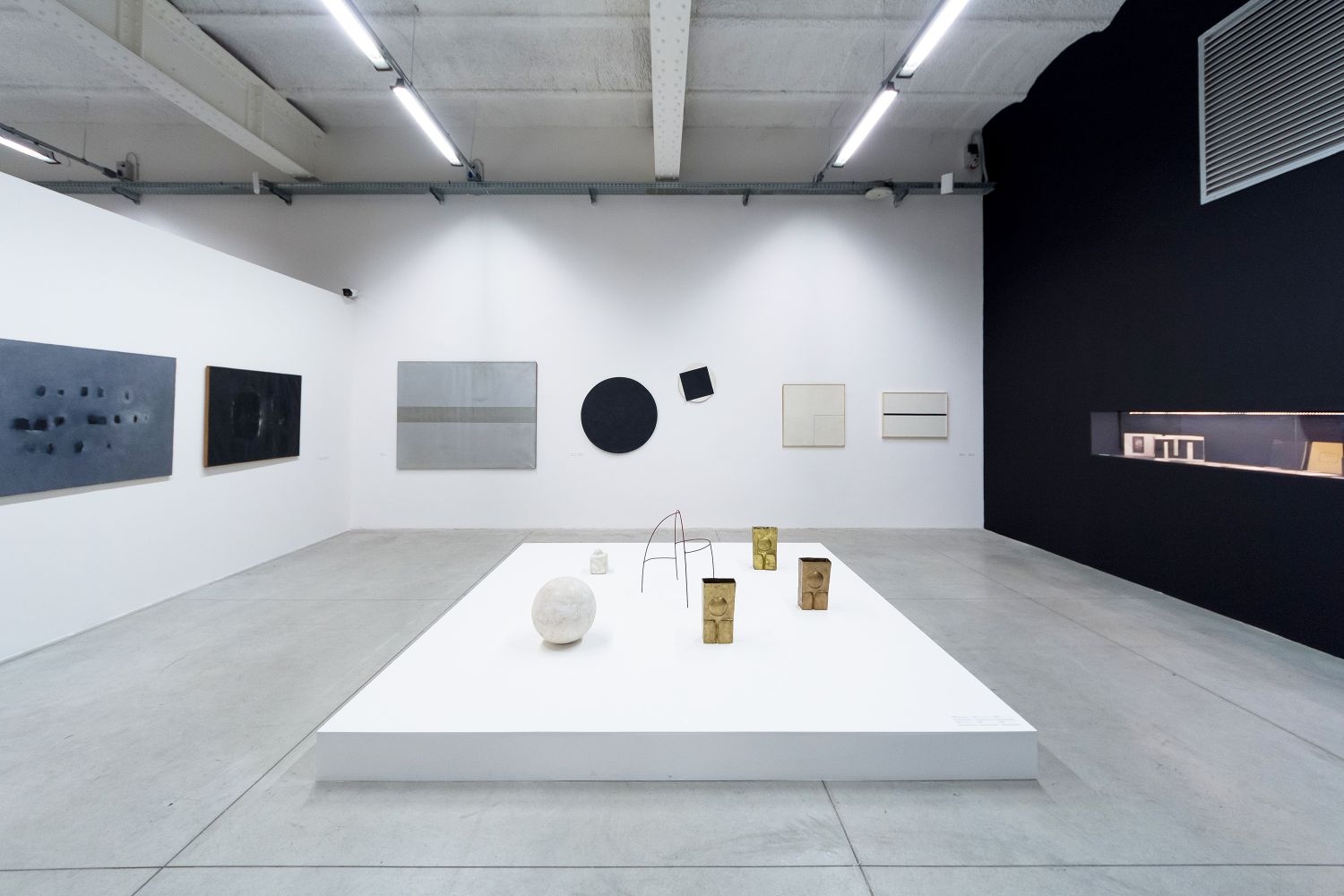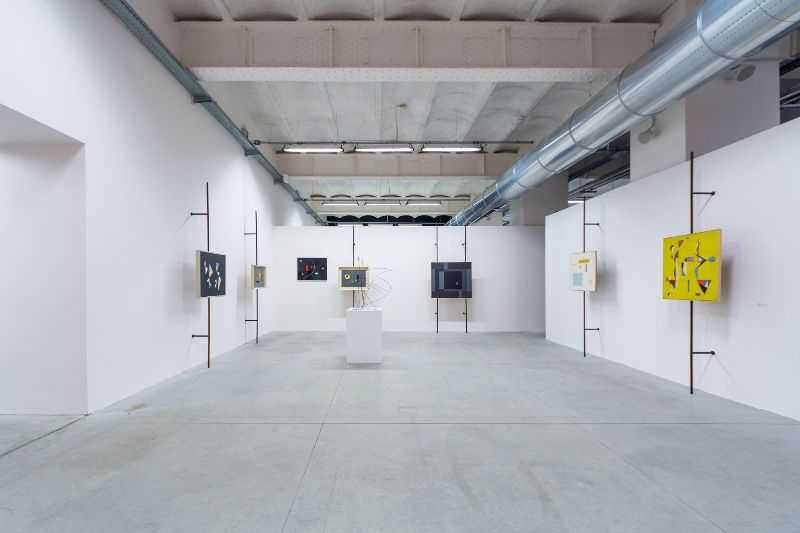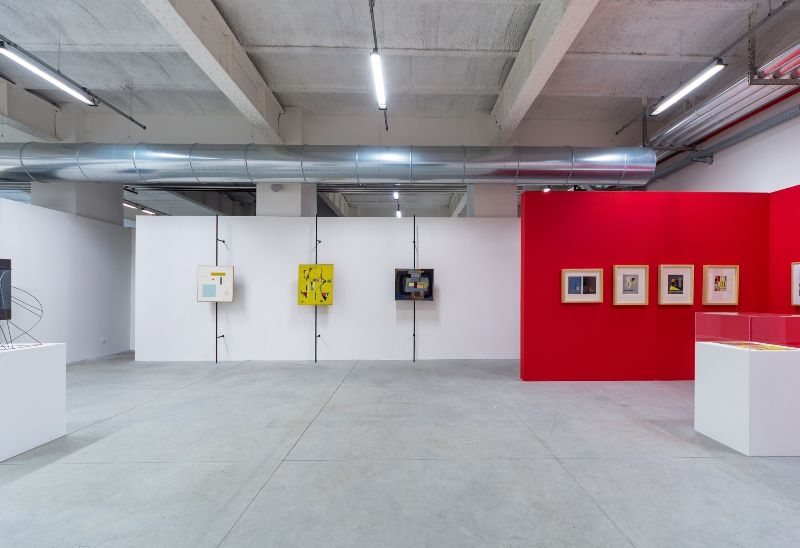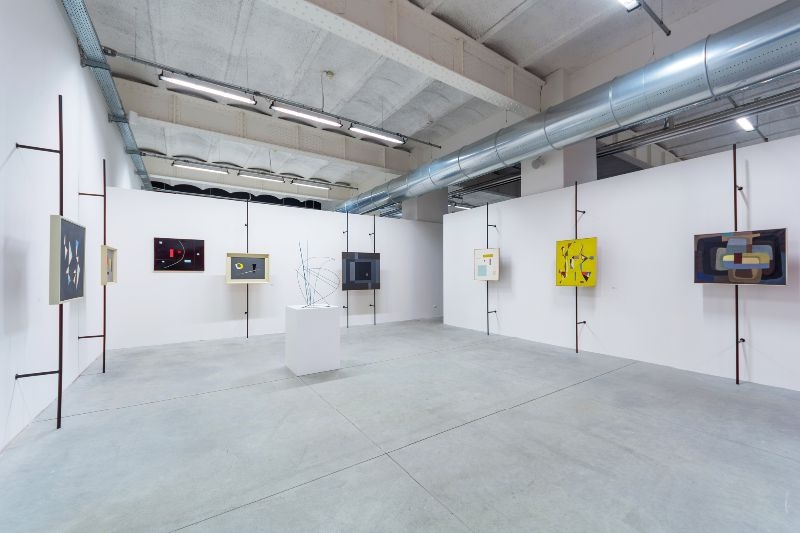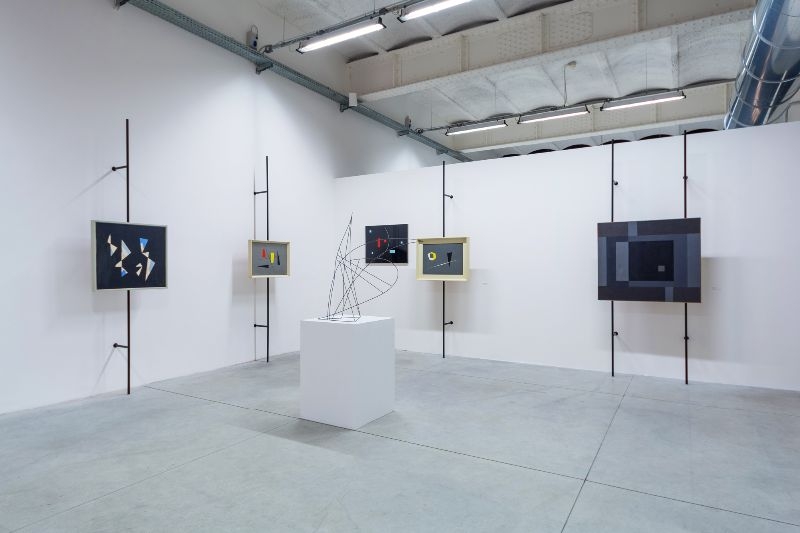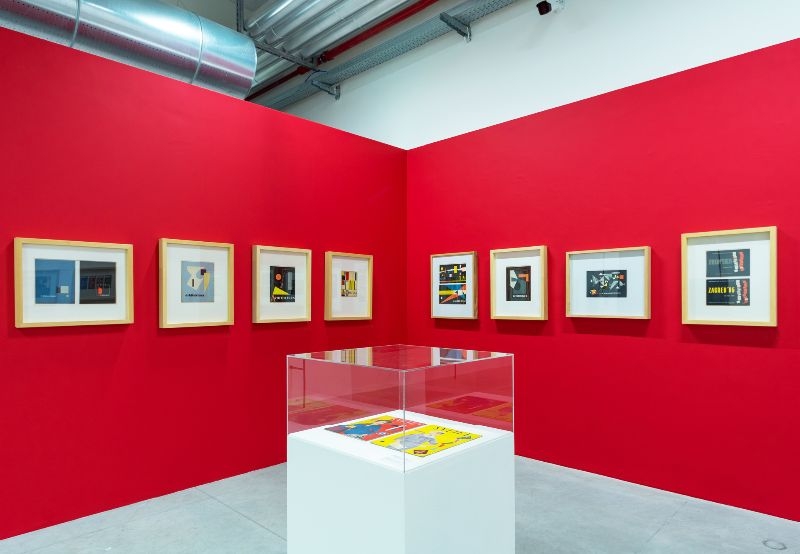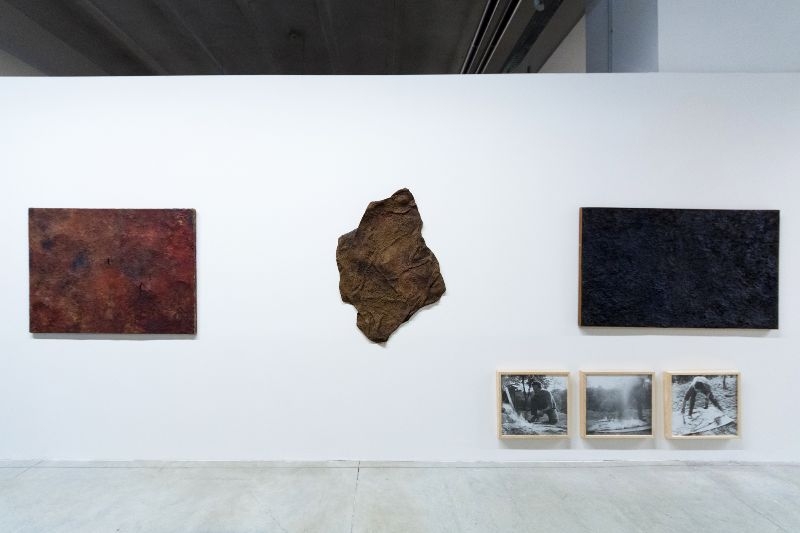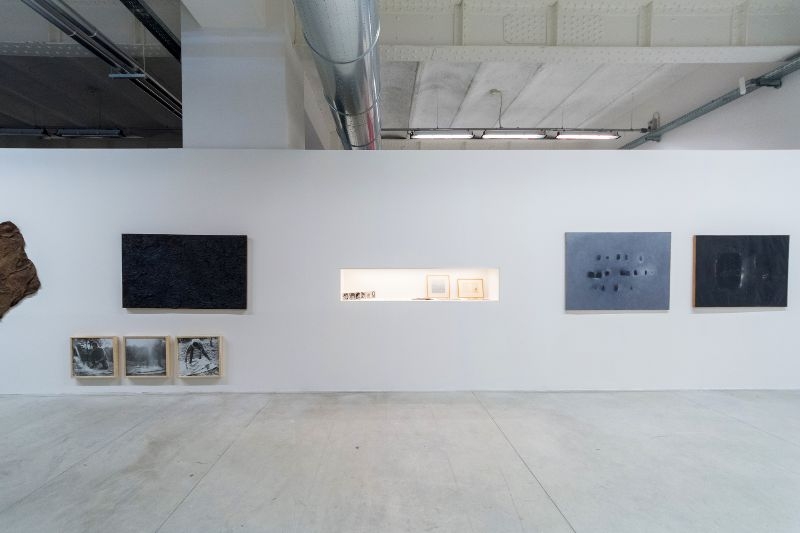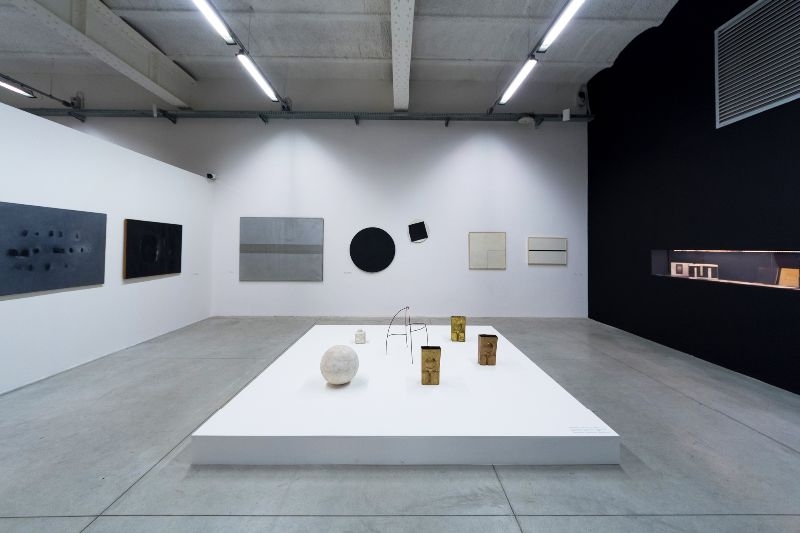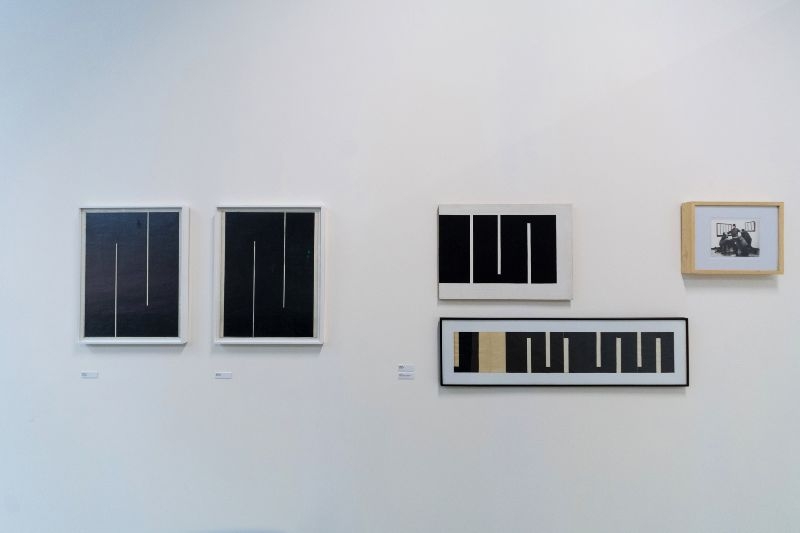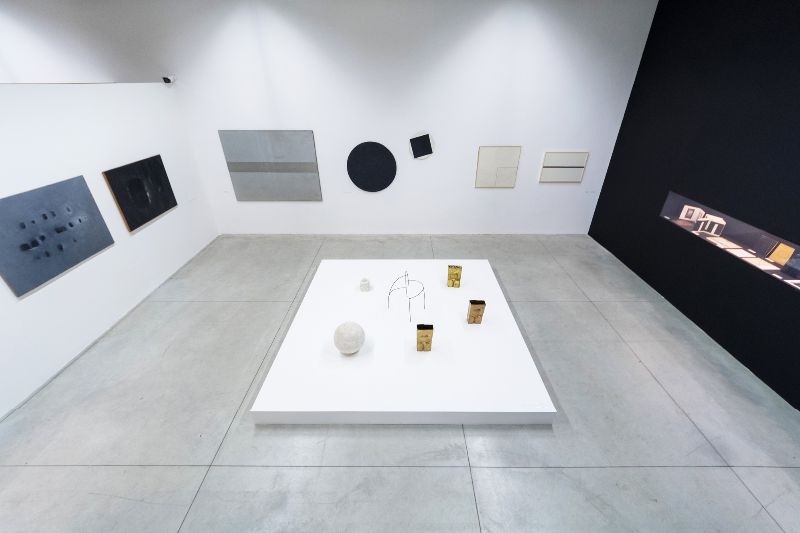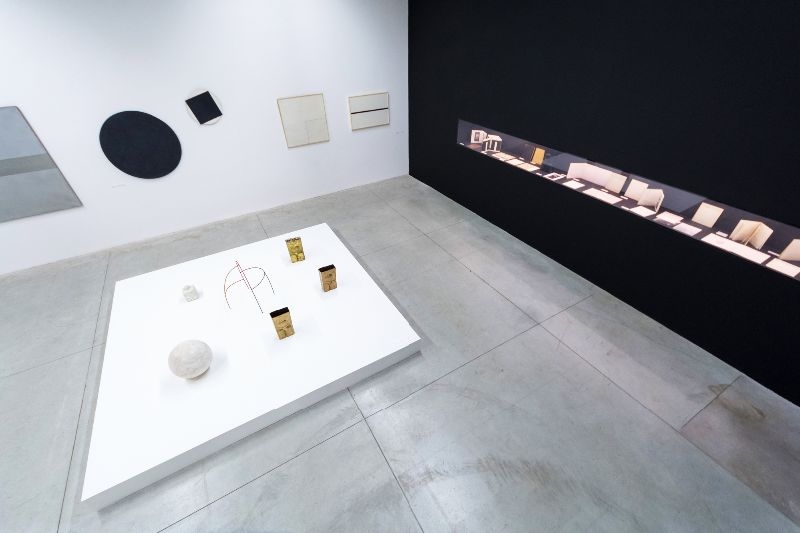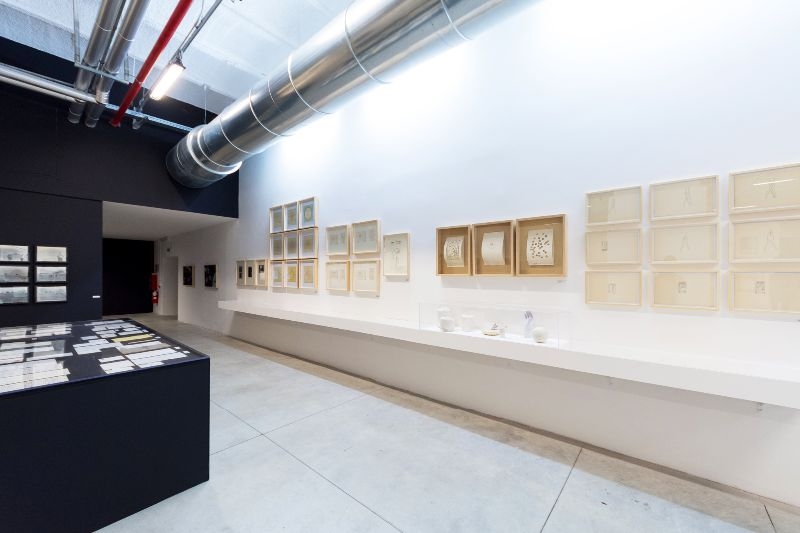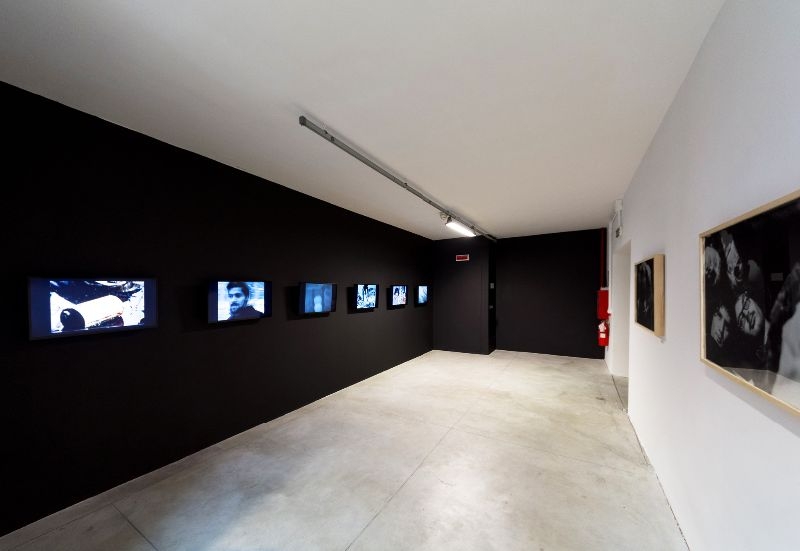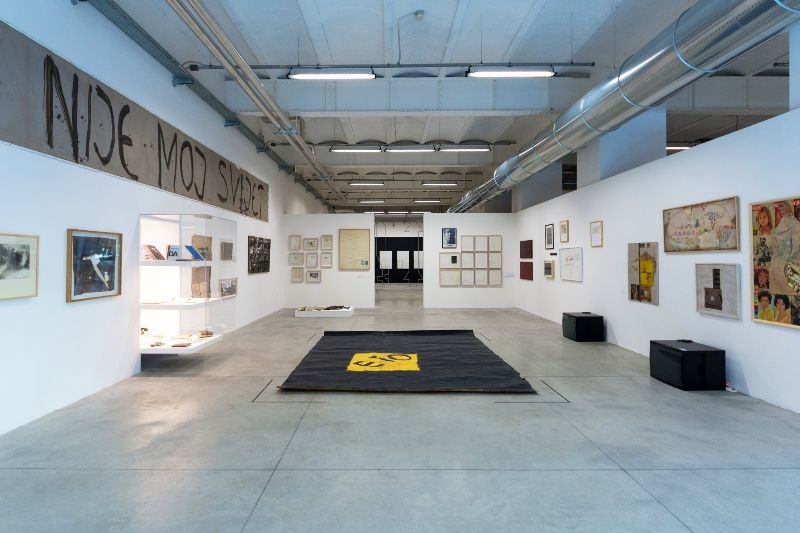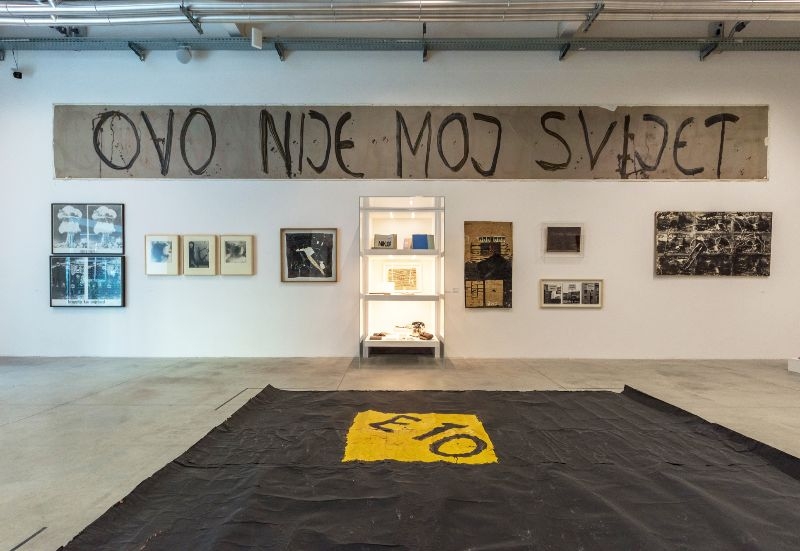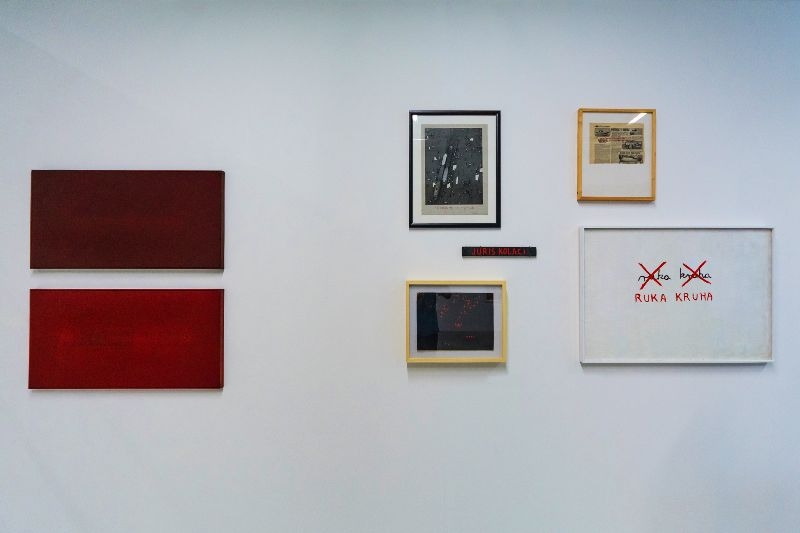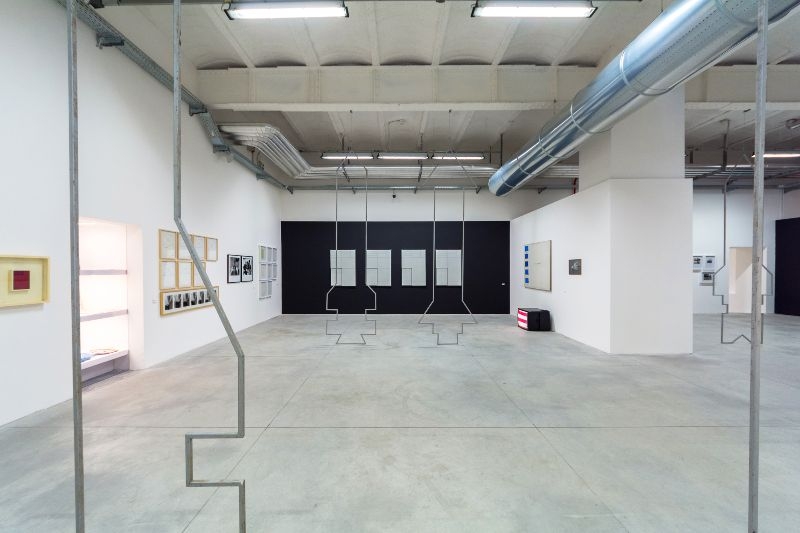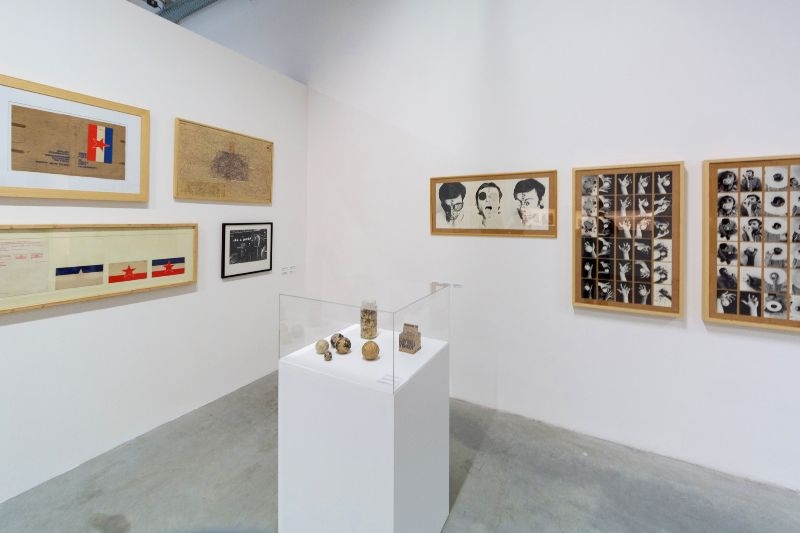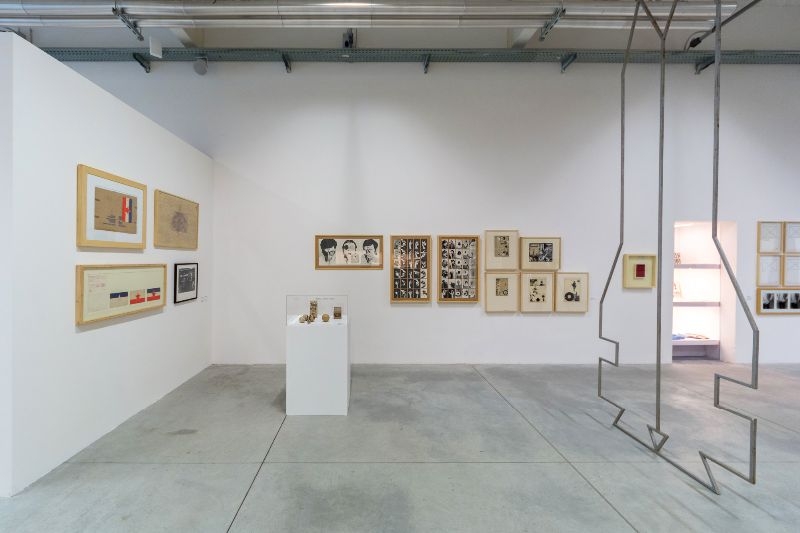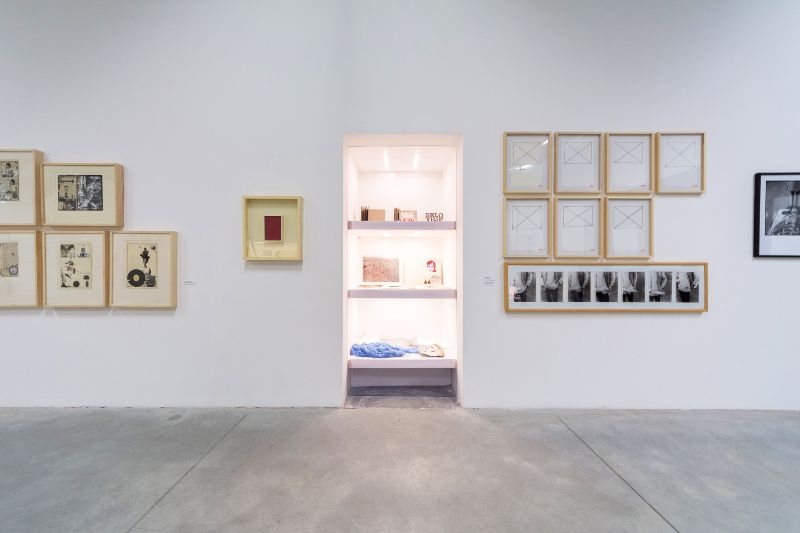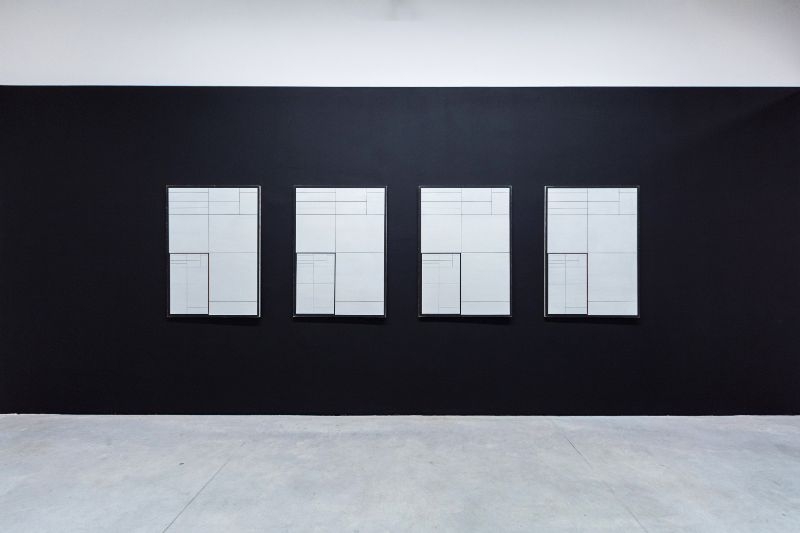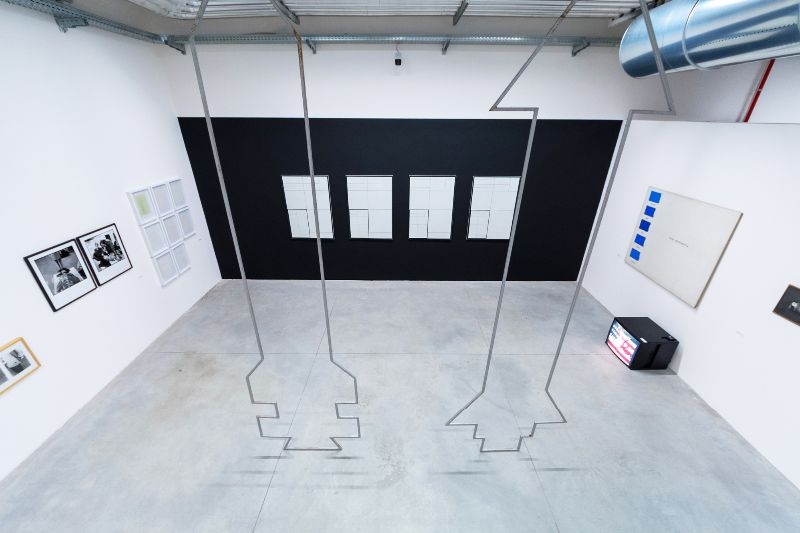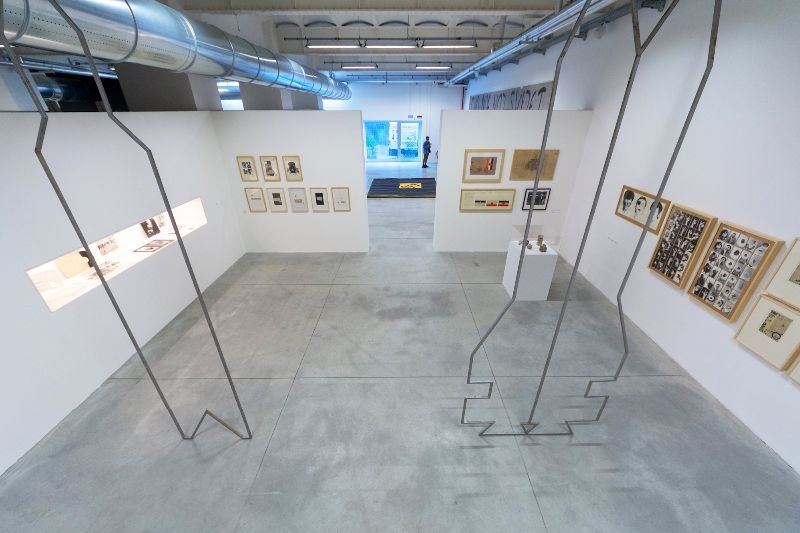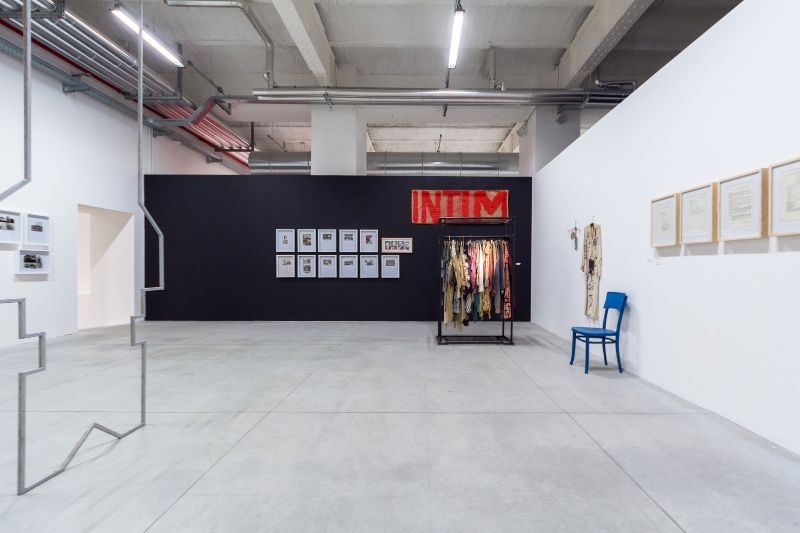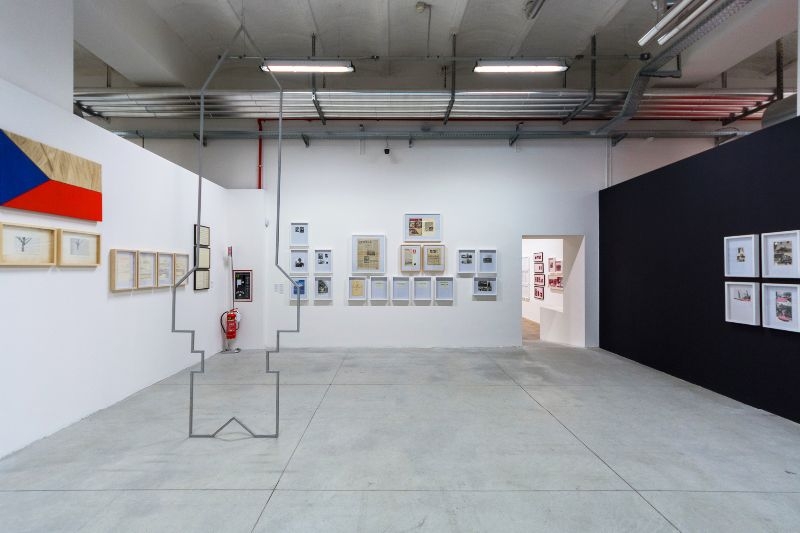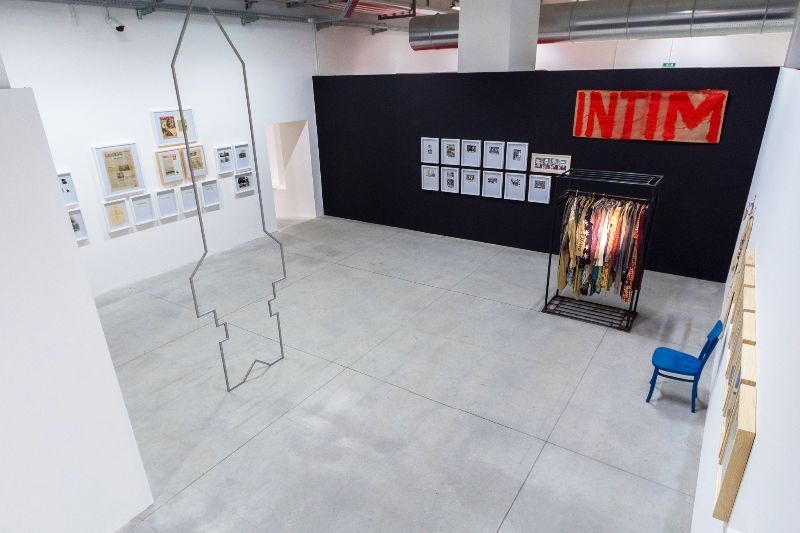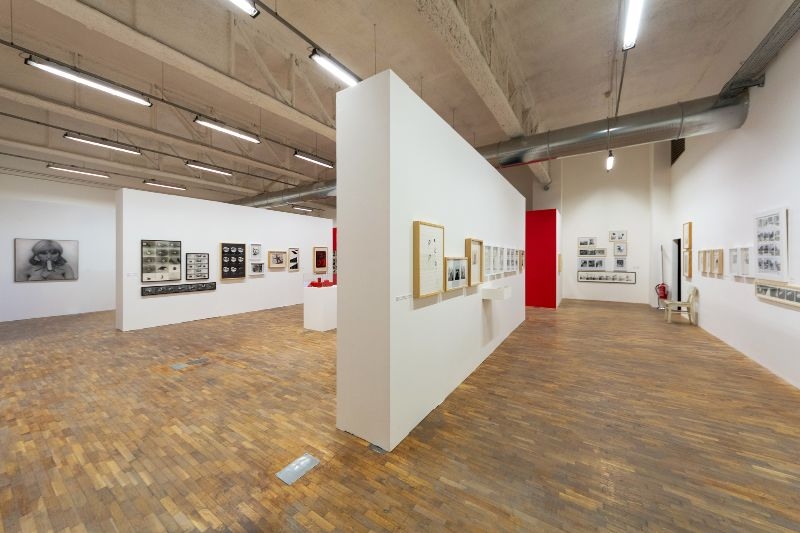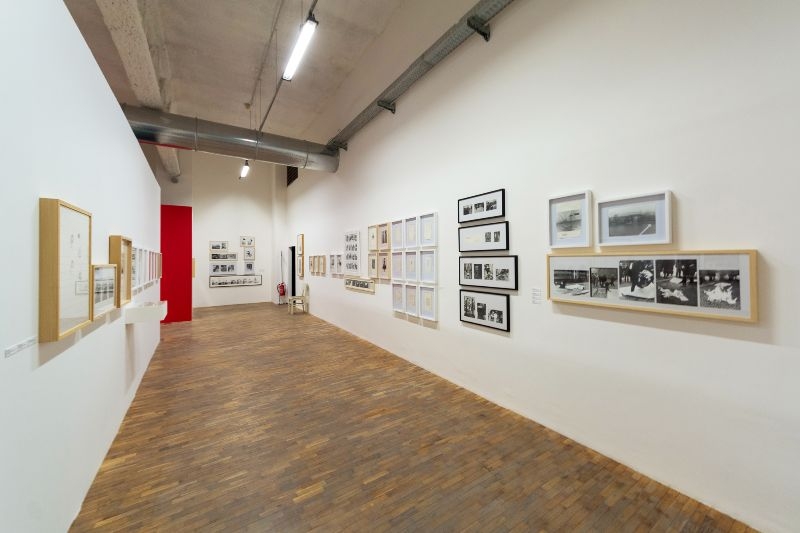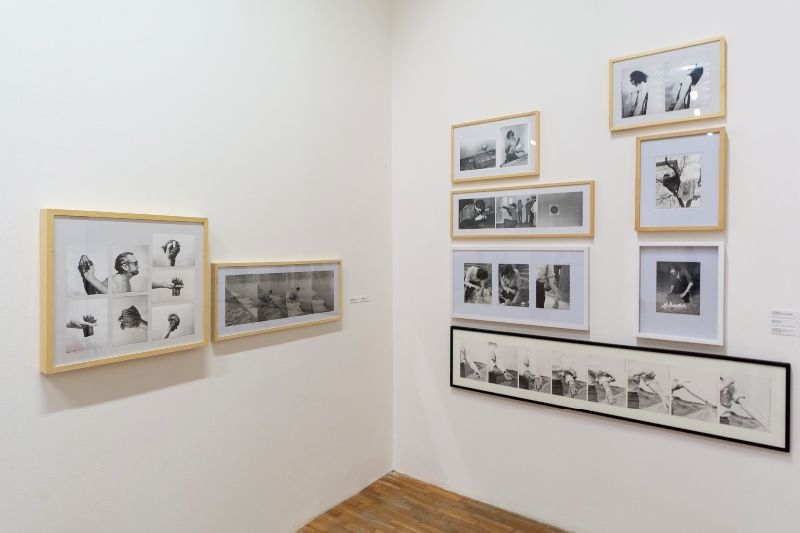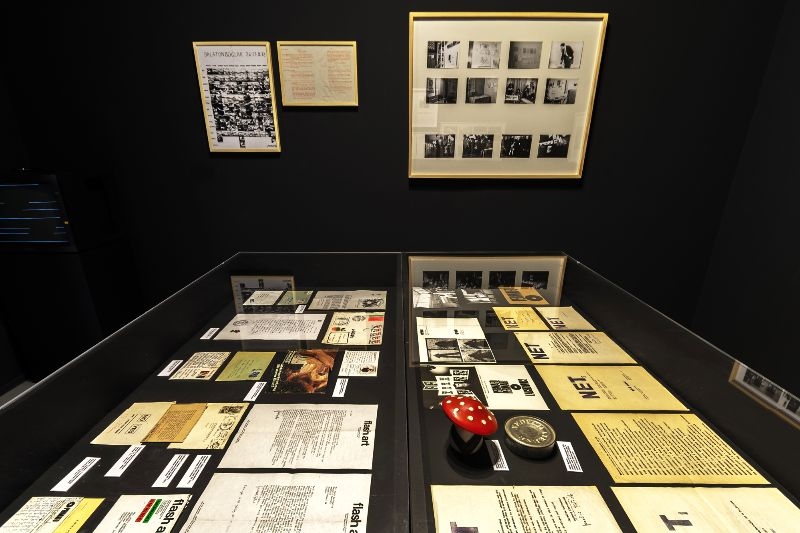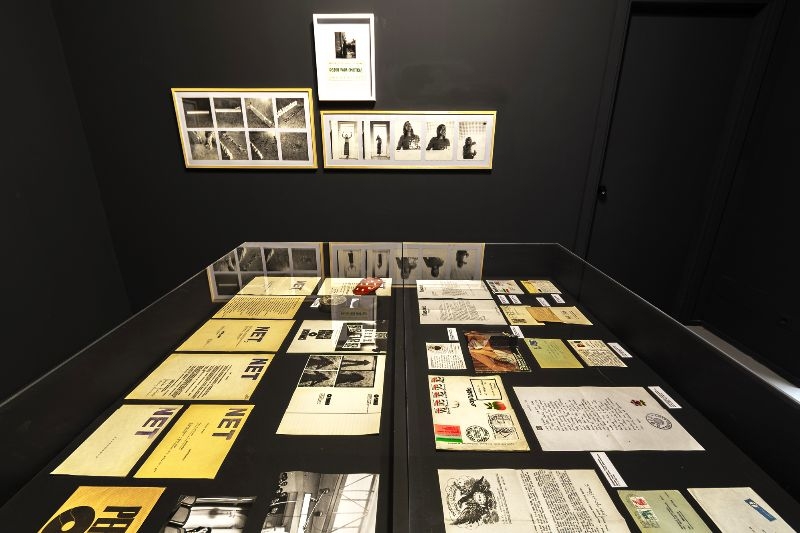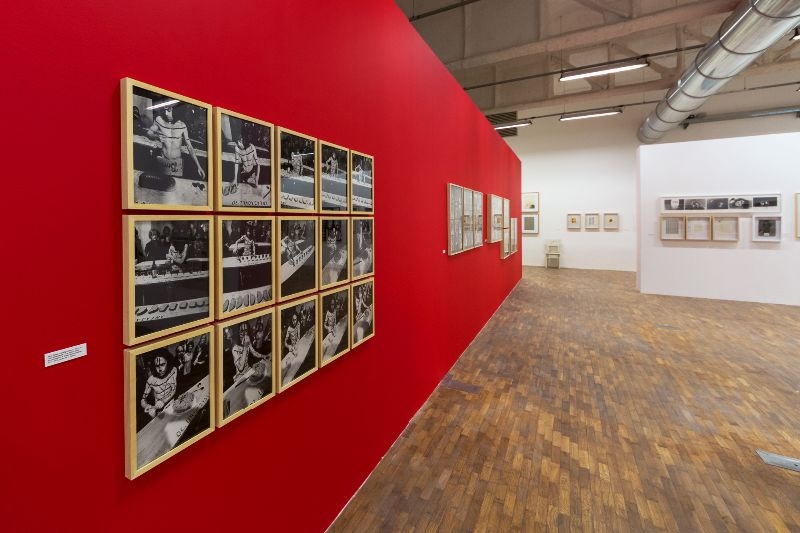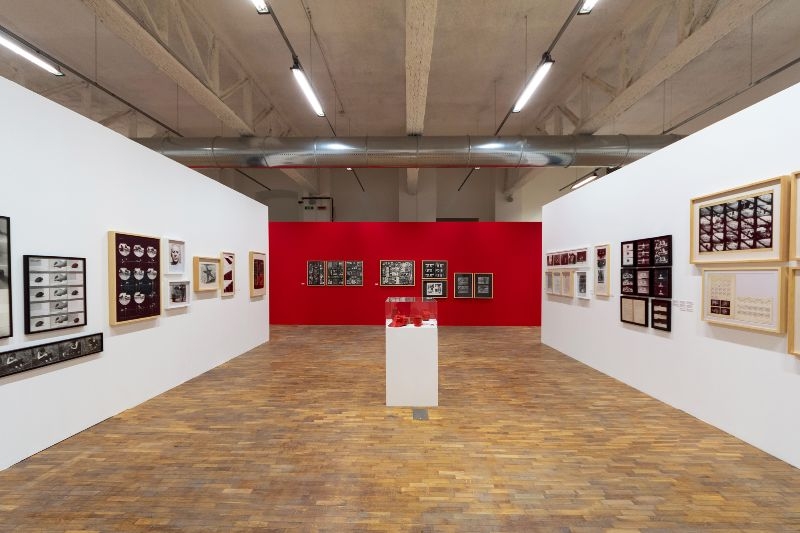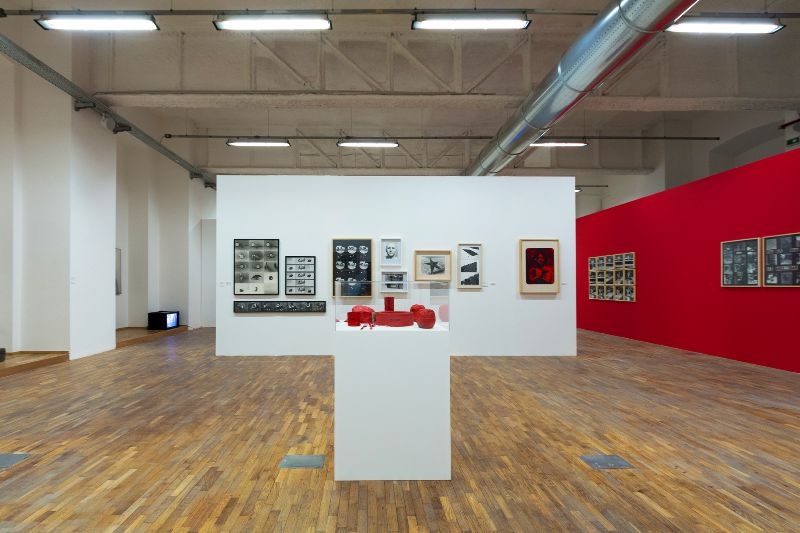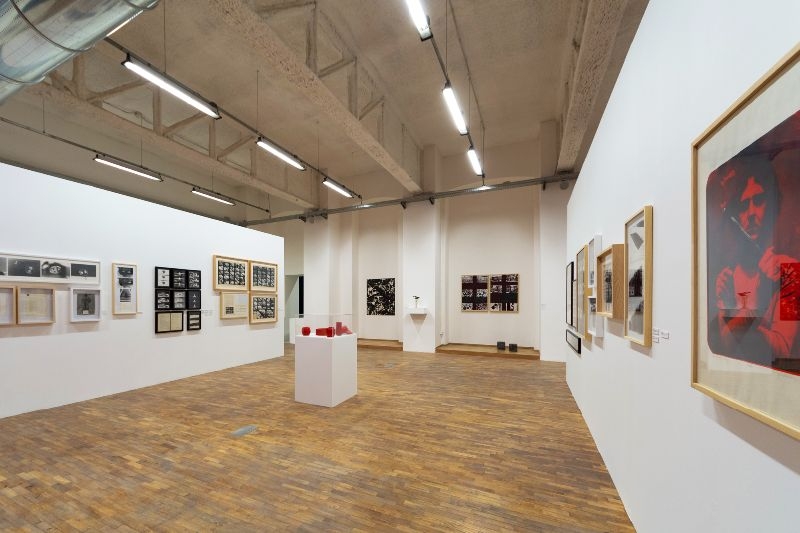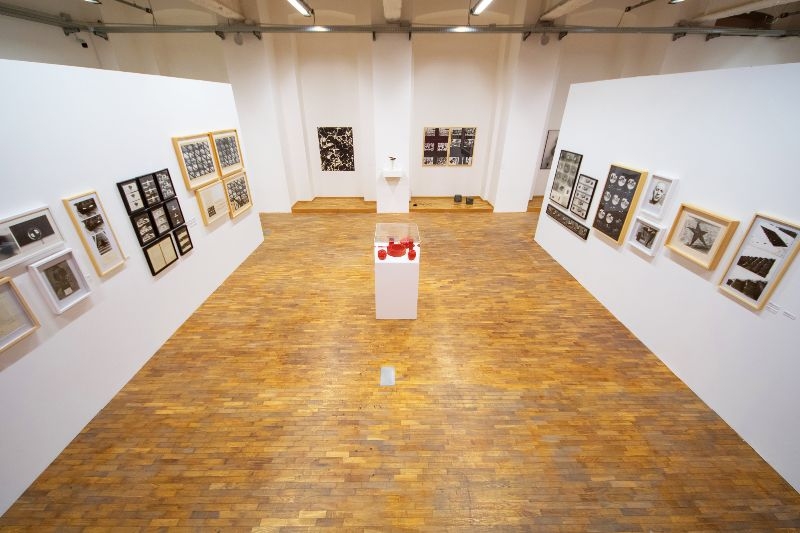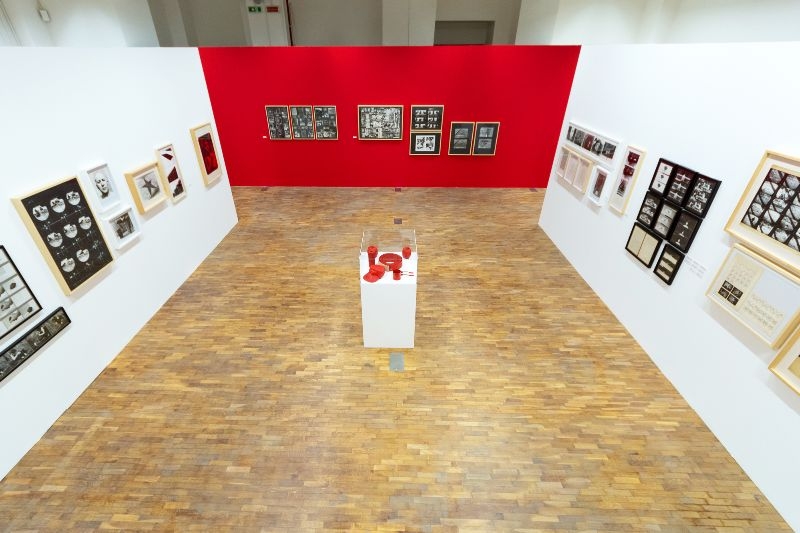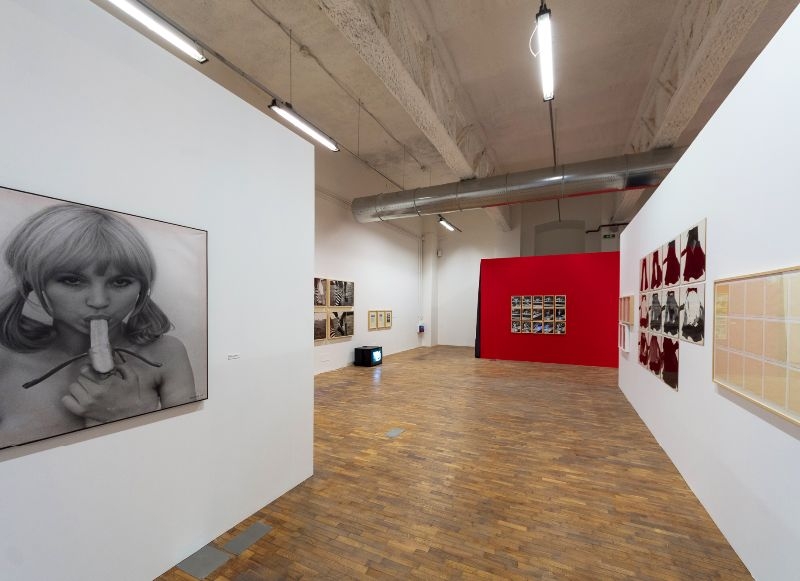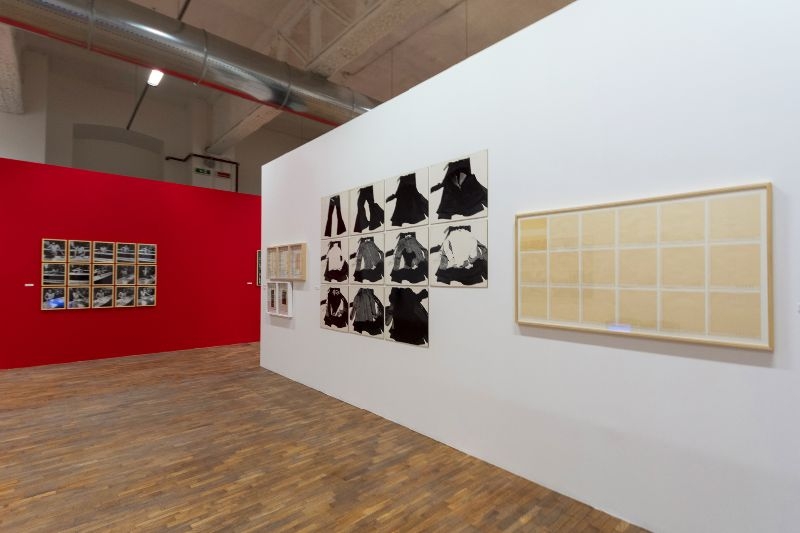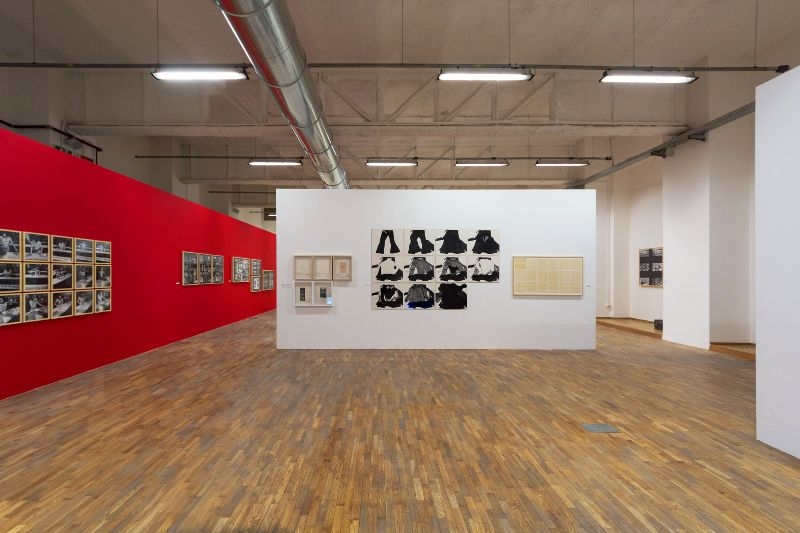scheda mostra
Eastern-European Art from the Marinko Sudac Collection
a cura di Marco Scotini, in collaborazione con Lorenzo Paini e Andris Brinkmanis
Curated by Marco Scotini, in collaboration with Lorenzo Paini and Andris Brinkmanis
26 October 2016 - opening event
FM Centro per l’Arte Contemporanea’s exhibition program continues with a second event, once again concerning an artistic scene that is less known and yet to be discovered. Despite the international prestige of some of its representatives, this is an almost submerged reality but one that represents an exceptional contribution to the history of art in the second half of the twentieth century.
Non-Aligned Modernity not only tackles art in the nations of Eastern Europe but attempts to investigate an anomalous and anything but marginal chapter in their history, which cannot be framed within the ideology of the Soviet Bloc nor within the liberalistic model of Western democracies. Rereading the artistic scene of the ex-Yugoslavia of the Cold War period, throughout the first thirty years that go from the beginning of the 1950s through the 1980s, effectively means facing up to a constitutional and unshakeable cultural difference. This permits us to reopen the history of art archives, chipping away at and deconstructing the historiographic canonization proposed by Western modernity in its pretense of universalism, neutrality and aesthetic autonomy.
With Non-Aligned Modernity, FM Centro per l’Arte Contemporanea aims to continue in its investigation of the cultural multiplicity of modernity, each time in relation to a given geo-political context in which this is declared as ‘local’ modernity. On this occasion, it is achieved through a relevant private collection of central European art under Socialism: the Marinko Sudac Collection, anomalous and ‘non-aligned’ with the idea of classic collecting in its own right, it includes not only works of art, but also archives and documentary material of extraordinary historiographic importance. This is a collection that – over the years – has set itself the task of retracing radical, artistic trends within a coherent avant-garde line in the areas of Central-Eastern Europe.
The Non-Aligned Modernity exhibition aims to re-read the cultural and artistic spaces of the ex-Yugoslavia as a complex and interstitial workshop, suspended between the East and the West but not entirely possible to assimilate with either of the two areas, thereby allowing us to overcome the classic dichotomy between one Europe and the other. With the Yugoslavian model, the difference is seen, substantially, as being not just between the East and the West but also within the so-called East itself.
In fact, since the very origins of the Socialist Federal Republic of Yugoslavia, progressive modernist ideas saw Socialism as the radical and experimental expression of these same trends. For this reason, immediately following 1948, after Tito’s breakup of the alliance with the Soviet Union and Yugoslavia’s withdrawal from Eastern Bloc, there was evidence of a distancing from the doctrines of Socialist Realism. Yugoslavia was the first reality in the East to present abstract trends in international, artistic events and to allow modernist abstractism to obtain a quasi-official status, both through the monuments to the revolution spread around almost everywhere and as a result of the national representative pavilions. Examples of this are the works of the sculptor Vojin Bakić and the Group EXAT 51. However, it was still, without a doubt, in Yugoslavia that the first manifestations of conceptual art in Central Europe appeared, thanks to a constellation of figures who were ‘non-aligned’ and outside the official art system taking the name of the Gorgona Group which has few equivalents both in the East and the West.
With the passage to a politics of worker autonomy in the 1950s through the reforms to the market in 1965, Conceptual Art also became more critical and developed in other cultural centers, not only in Zagreb but also in Ljubljana, Belgrade and Novi Sad throughout the 1970s, with figures of primary importance beginning with the experiences of the avant-garde, Slovenian collective OHO Group. Urban interventions, graphic contaminations, performances and videos were at the center of the practices of the Group of Six Artists, as well as those of Bosch + Bosch, KOD, Verbumprogram, etcetera. To these are added the individual significance of some figures that have, by now, achieved international fame such as Sanja Iveković, Marina Abramović, Mladen Stilinović, Goran Trbuljak, Tomislav Gotovac, Vlado Martek and Radomir Damnjanović Damnjan.
If it is true that the Yugoslavian phenomenon, in many way, stands apart, it is equally true that in the same 1970s, Conceptual Art saw a vast production in the countries of central Europe: Hungary, Czechoslovakia and Poland, with whom the same Yugoslavian artists had many exchanges and contacts and in which international figures such as Július Koller, Dora Maurer, Milan Grygar, Stano Filko, Rudolf Sikora, Jiří Valoch and Józef Robakowski worked.
With the aim of returning this completed picture, the exhibition presents more than 100 artists with 600 artworks, alternating geographic, conceptual frameworks with others of a temporal nature in which there is no hierarchy between works and archive materials and in which the documentary element is interrogated as such. All this is done highlighting the organic nature of the same Marinko Sudac Collection that is presented for the first time outside Eastern Europe borders through a vast sample of its materials: paintings, sculptures, photographs, vinyl, films, videos, graphic works, and artist’s books.
The artists
Marina Abramović, Milan Adamčiak, Karel Adamus, Nuša and Srečo Dragan, Vojin Bakić, Dimitrije Bašičević Mangelos, László Beke, Jerzy Bereś, Slavko Bogdanović, Eugen Brikcius, Boris Bućan, BOSCH+BOSCH, Dubravko Budić, Dalibor Chatrný, Attila Csernik, Radomir Damnjanović Damnjan, Drago Dellabernardina, Boris Demur, Braco Dimitrijević, Miklós Erdélyi, EXAT 51, Eugen Feller, Stano Filko, Attalai Gábor, Ivo Gattin, Tibor Gáyor, Gorgona Group, Tomislav Gotovac, Group of Six Authors, Milan Grygar, Vladimir Gudac, Gyula Gulyás, Tibor Hajas, László Haris, Miljenko Horvat, Sanja Iveković, Željko Jerman, Marijan Jevšovar, György Jovánovics, Miroslav Klivar, Julije Knifer, Milan Knížák, J.H. Kocman, KÔD Group, Běla Kolářová, Július Koller, Vladimir Kopicl, Jarosław Kozłowski, Ivan Kožarić, Naško Križnar, Andrzej Lachowicz, Katalin Ladik, László Lakner, Natalia LL, Vlado Martek, Slavko Matković, Dora Maurer, Karel Miler, Era Milivojević, Marijan Molnar, Antun Motika, Pécsi Műhely, David Nez, Koloman Novak, Ladislav Novák, OHO Group, Géza Perneczky, Vladimir Petek, Ivan Picelj, Sándor Pinczehelyi, Marko Pogačnik, Jan Pokorný, Bogdanka Poznanović, Božidar Rašica, Red Peristyle, Józef Robakowski, Đuro Seder, Rudolf Sikora, Zdzisław Sosnowski, Aleksandar Srnec, Tamás St. Auby, Jan Steklik, Mladen Stilinović, Sven Stilinović, Josip Stošić, László Szalma, Bálint Szombathy, Petr Štembera, Raša Todosijević, TOK Group, Endre Tót, Desider Tóth, Goran Trbuljak, Jiří Valoch, Josip Vaništa, Verbumprogram, Fedor Vučemilović, Zbigniew Warpechowski, Jan Wojnar, Jana Želibská.
Marinko Sudac Collection
Through his art collecting activities, Marinko Sudac, the founder of the Museum of the Avant-garde platform (www.avantgarde-museum.com), turned to the exploration, research into and promotion of the avant-garde practices which, from the beginning of the twentieth century through to the fall of the Berlin Wall, were marginalized or rejected due to the various historical, social and political circumstances. In this way, the collection has become an inexhaustible resource for the study and research into European avant-garde movements for experts, art historians and artists from all over the world. Works form the Marinko Sudac Collection have been lent to museums such as the Tate Modern in London, the Warsaw Museum of Modern Art, the Zagreb Museum of Contemporary Art, the Ludwig Mύzeum – the Budapest Museum of Contemporary Art, the Haus der Kunst in Munich and the Nottingham Contemporary.
Under the patronage of:

Republic of Croatia, Ministry of Foreign and European Affairs
Consolato Generale della Repubblica di Croazia, Milano
Ente Nazionale Croato per il Turismo, Milano
Image: Gorgona-Group,-Gorgona-is-Looking-at-the-Sky,-1961,-Marinko-Sudac-Collection


